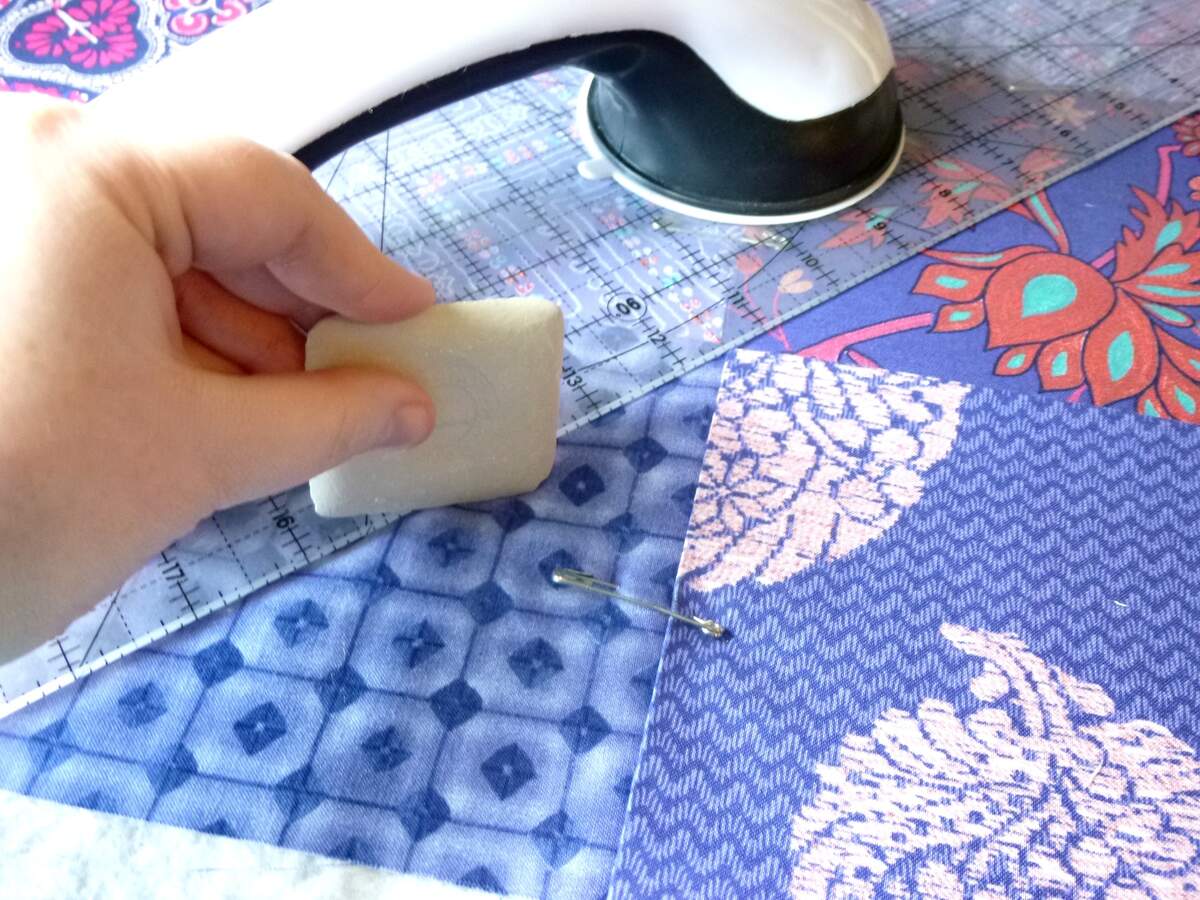

Local Quilt Shop Day
Also known as
Visit Your Local Quilt Shop Day
Observed
annually on January 24th (2013 and 2014)
the fourth Saturday in January (since 2015)
on May 6th (2017)
Dates
Hashtags
Sources
Local Quilt Shop Day is a day to raise awareness for independent quilt shops and to acknowledge the contributions they bring to local economies. It celebrates the work of quilters, sewists, fabric enthusiasts, and crafters, and all that quilt shops do to make their work possible. Special events take place at quilt shops on the day, and the day is backed by The Fabric Shop Network.
A quilt is a covering for a bed that has two layers of fabric, with a soft substance such as wool, cotton, or down between the layers. It is stitched or tufted together to prevent the materials from shifting. The word "quilt" stems from the Latin word "culcita," which means "stuffed sack." The present word came into the English language via the French word "cuitle." There are plain or whole quilts, applique quilts, and pieced or patchwork quilts. "Summer" quilts are quilts without the inner padding. Quilts have stood the test of time because of both their functionality and their artistic merit. At first, they existed primarily because of their functionality, but today their artistry is the main thing that keeps their tradition going.
Quilting has been used since ancient times. The earliest known quilted garments date to the Egyptian First Dynasty, from about 3,400 BCE, when a carved ivory figure of an Egyptian Pharaoh was adorned with a quilted one. A quilted floor covering dating to between the first century BCE and the second century CE was discovered in Magnolia in 1924.
The Crusaders brought quilting to Europe in the late eleventh century, and quilted garments were popular and used for many purposes during the Middle Ages. They were used to cover the armor of knights and were worn underneath the armor as well. The earliest known surviving bed quilt dates to the end of the fourteenth century and is from Sicily. The blocks across its center depict scenes from the legend of Tristan.
European immigrants brought the art of quilting to the Americas. It was first referenced there at the end of the seventeenth century, and the earliest surviving quilt in the American colonies is the Saltonstall quilt, which dates to 1704. Pieced together block-style quilts were the norm for settlers. They oftentimes used old patched up blankets to make quilts. They also combined them with other blankets or used them between other blankets as padding.
More artistic and elegant quilts came later, as fabrics became more affordable. Applique quilts usually have a whole cloth top with smaller pieces of contrasting fabrics stitched down on top of them. These started becoming more popular in the mid-1700s and reached their peak about a century later. Although they gained popularity with everyone, they were mainly made by the wealthy, who could afford the more expensive fabrics and had the time to make them.
Quiltmaking thrived in the 19th century, especially between 1825 and 1875. As settlers moved West, they brought along their quilting skills. Quilting particularly became important in the Great Plains. Quilts were used on beds, to cover doors and windows, and for floor mats for children to play on. They were also used for currency. "Quilting bees" became popular in the Great Plains. These events afforded women the opportunity to come together to socialize and make quilts. The quilters often shared lunch during the day and were accompanied by their families for dinner, which was oftentimes followed by a dance. Young women were often given quilts from the quilting bees, which they placed in their hope chests. Quilting bees allowed a few quilts to be finished in a day, instead of having it take a few months for a quilt to get finished.
There were many other customs associated with quilts. During the nineteenth century, many girls traditionally made thirteen quilts before they were engaged—twelve simple ones were made, as well as one ornate masterpiece quilt. Mothers also made quilts for their children to have when they became adults. Today, quilters continue this tradition by making them for children and grandchildren.
During World War I, the U.S. government encouraged citizens to "Make quilts—save the blankets for our boys over there." At that time, quilts were also made for fundraising purposes, and following the war, there was a renewed interest in quilting. As the Great Depression engulfed the 1930s, quilting gained in popularity, as in some instances it once again became a necessity, as people lacked resources to buy new blankets. Quilting was done during World War II to raise money for the Red Cross. "Signature quilts" became common, where business owners and citizens paid to have their names embroidered on quilt blocks, which were sewn together and raffled to raise money. There was less interest in quilting during the 1950s and '60s; it was seen as being old-fashioned, and no longer necessary as the country had rebounded economically. There was renewed interest in the 1970s and '80s, in part because of influence from the back-to-the-land movement of the late-1960s, and because of pushback against the automation of Post War society. Quilting also became an important part of the Bicentennial celebrations in 1976. Today it is largely practiced for relaxation and leisure, and because it represents an important tradition.
How to Observe Local Quilt Shop Day
Celebrate the day by visiting your local quilt shop and seeing what types of events they have planned! The Fabric Shop Network has created toolkits for shop owners, and it's possible your local shop may be using them to make the day more exciting. After visiting your local quilt shop, you could spend the day quilting. If you don't yet know how to quilt, you could learn how. Museums that have many quilts, such as the International Quilt Study Center & Museum and The National Quilt Museum could be visited. Visit the Local Quilt Shop Day Facebook page for more information.





















